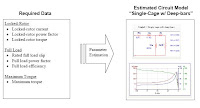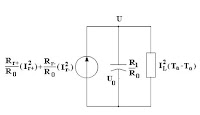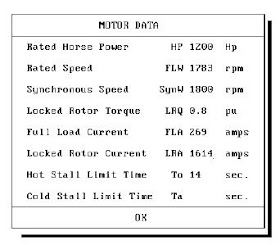Lenz’s Law
The direction of the induced current may also be found by this
law which was formulated by Lenz.1835.
Lenz Law states, in effect, that electromagnetically induced
current always flows in such a direction that the action of the
magnetic field set up by it tends to oppose the very cause, which
produces it.
This statement will be clarified with reference to Figs.1.15 and
Fig.1.16. It is found that when N-pole of the bar magnet
approaches the coil, the induced current setup by the induced EMF
flaws in the anti-clockwise direction in the coil as seen from the
magnet side. The result is that the face of the coil becomes a Npole
and so tends to retard the onward approach of the N pole' of
the magnet (tike poles repel each other). The mechanical energy
spent in overcoming this repulsive force is converted into electrical
energy, which appears in the coil.
When the magnet is withdrawn as in Fig.1.16, the induced
current flows in the clockwise direction, thus making the face of
the coil (facing the magnet) a S-pole. Therefore, the N-pole of the
magnet has to be withdrawn against the attractive force of the
S-pole of the coil. Again the mechanical energy required to
overcome this force of attraction is converted into electric energy.
It can be shown that the Lenz's law is a direct consequence of law
of conservation of energy. Imagine for a moment that when N pole
of the magnet (Fig.1.16) approaches the coil, induced current flows,
in such a direction as to make the coil face a S-pole. Then due to
inherent attraction between unlike poles, the magnet would be
automatically pulled towards the coil without the expenditure of
any mechanical energy. It means that we would be able to create
electric energy out of nothing, which is denied by the inviolable
Law of Conservation of Energy. In fact, to maintain the sanctity of
this law, it is imperative for the induced current to flow in such a
direction that the magnetic effect produced by it tends to, oppose
the very cause, which produces it. In the present case it is the
relative motion of the magnet with respect to the coil which is the
cause of the production of the induced current. Hence, the induced
current always flows in such a direct as to oppose this relative
motion (i.e., the approach or withdrawal of the magnet).
Source ( pdf )
http://faculty.ksu.edu.sa/eltamaly/Documents/Courses/EE%20339/
MAGNETIC%20CIRCUITS.pdf





























